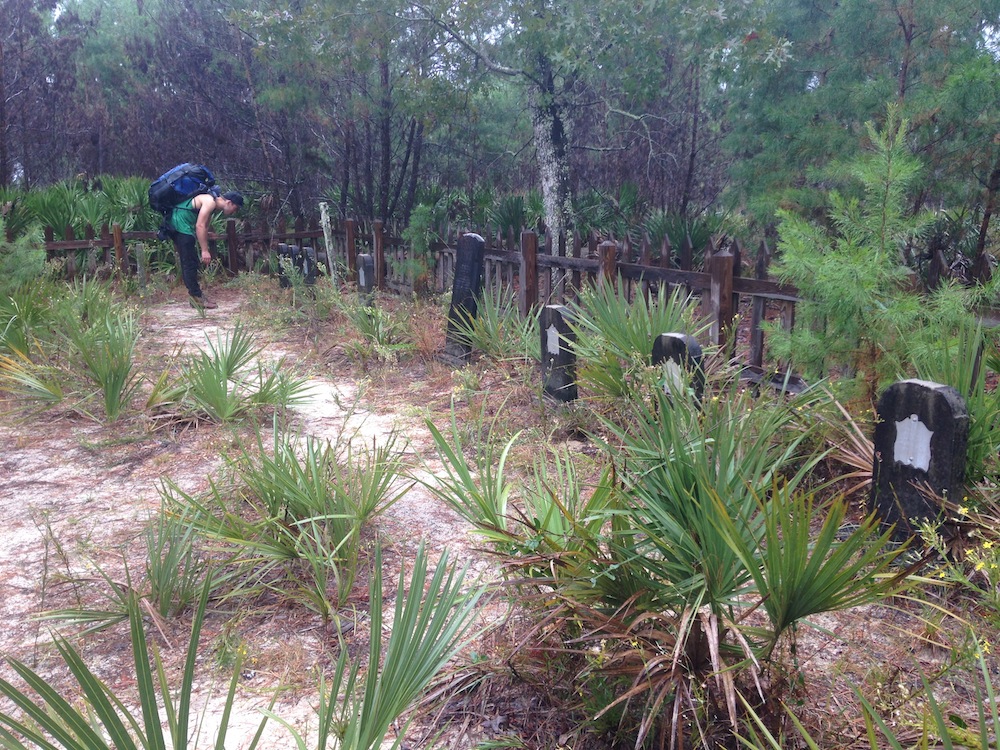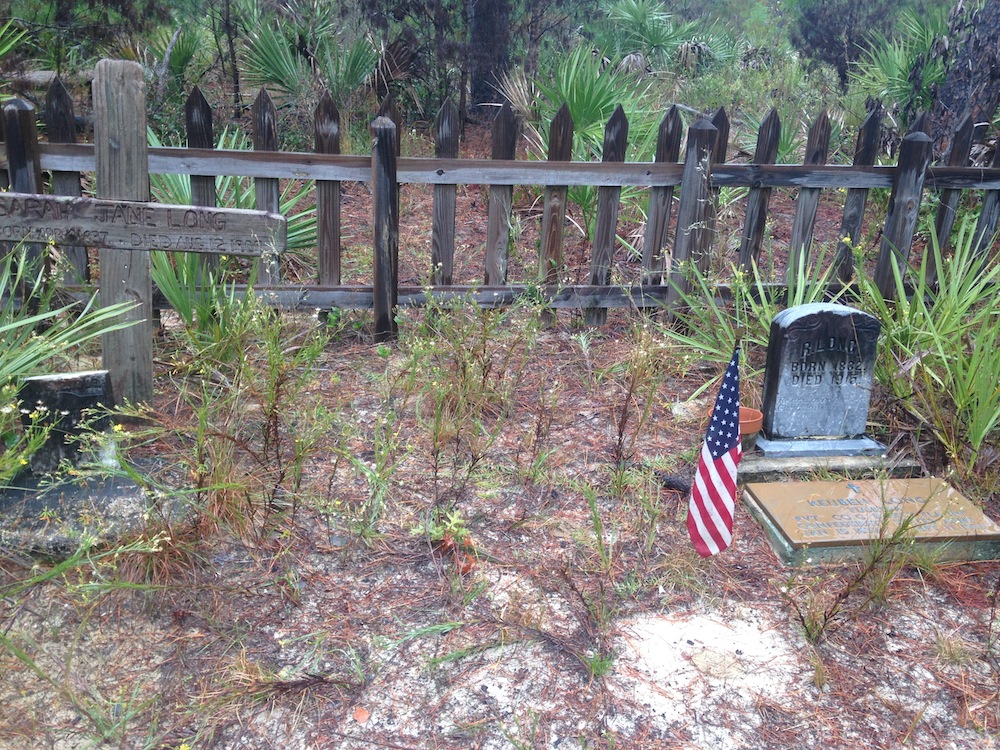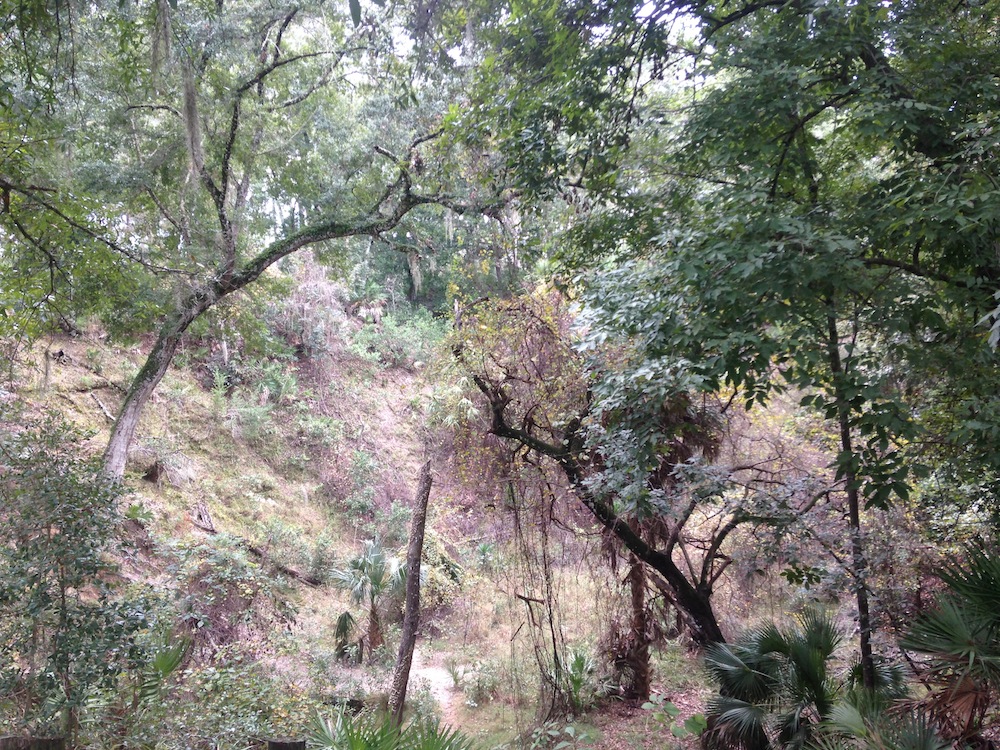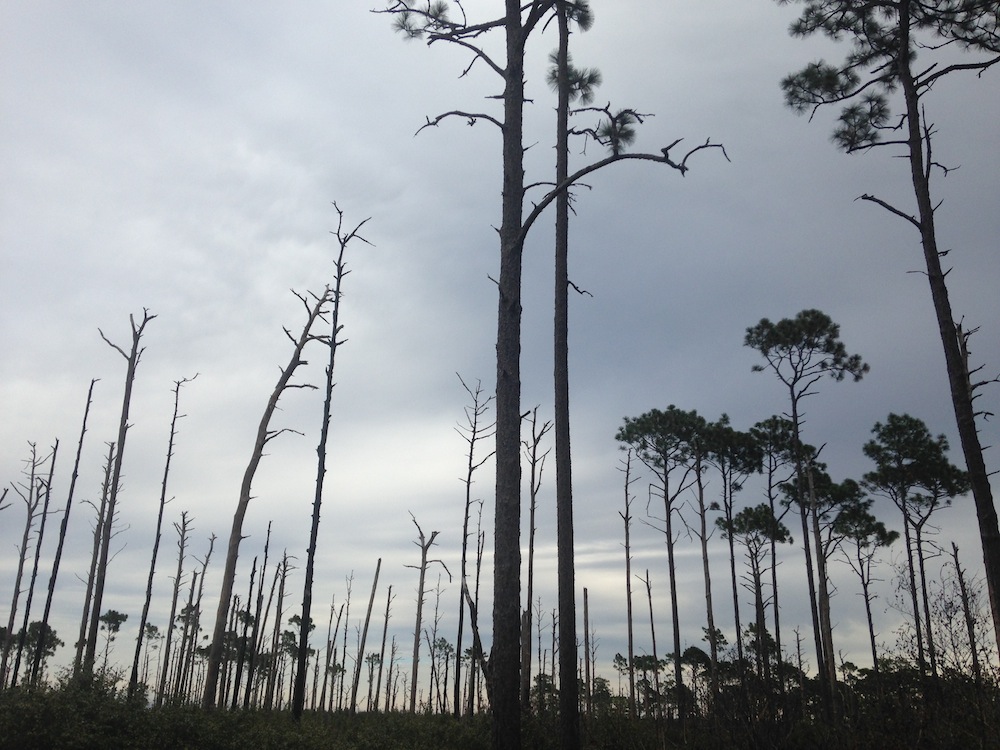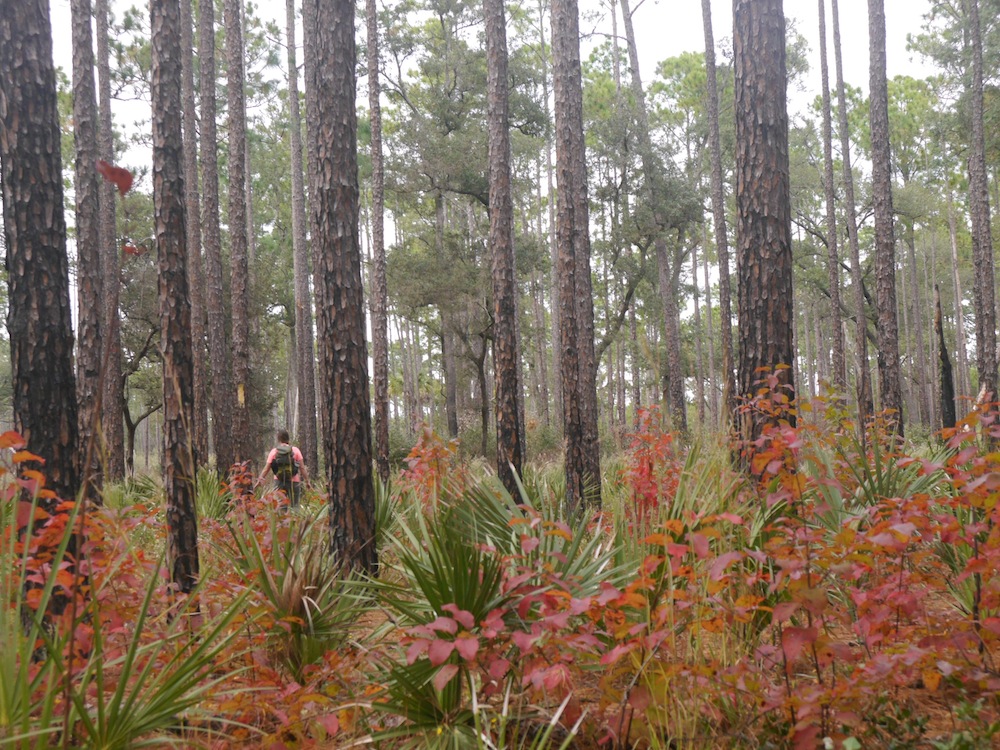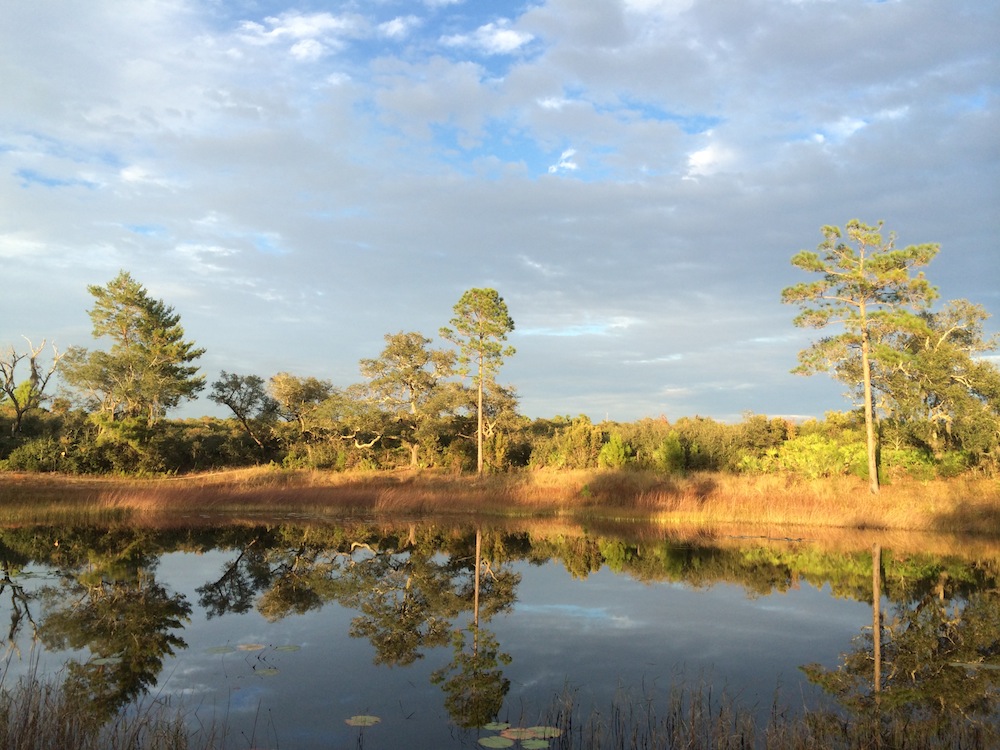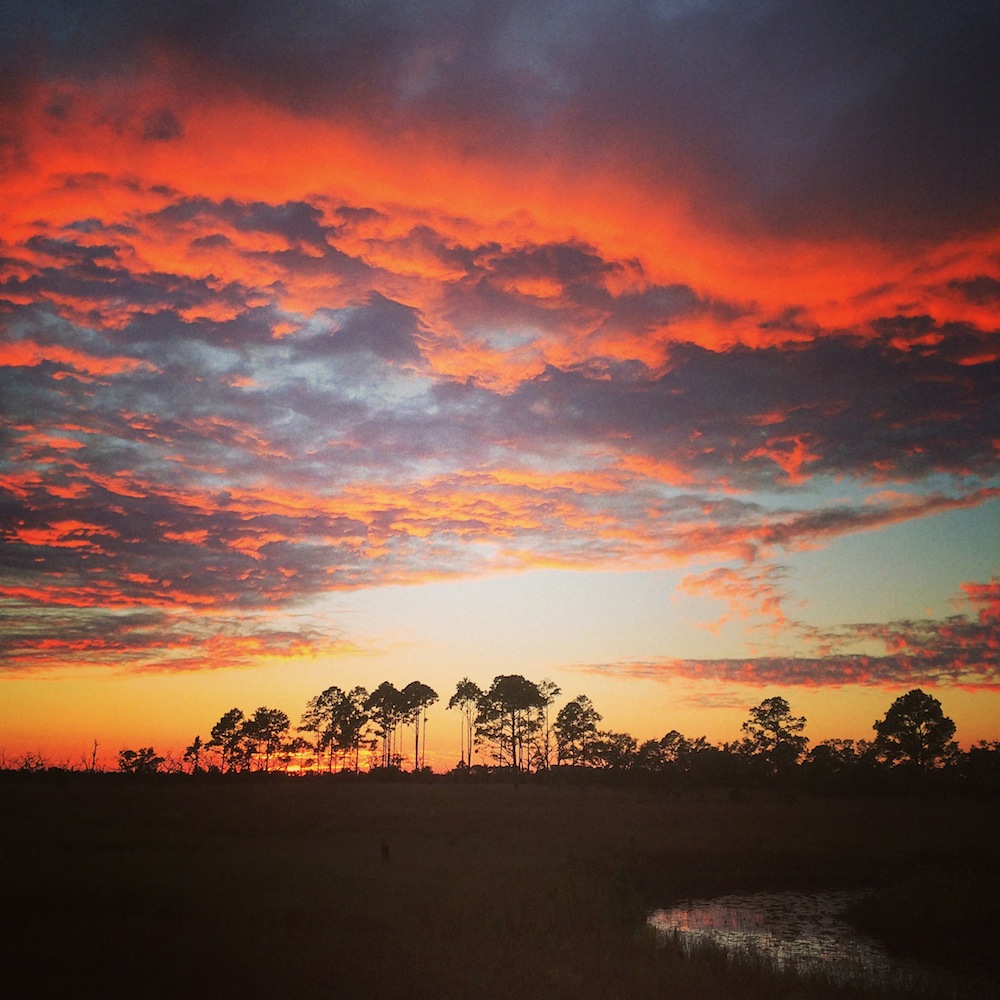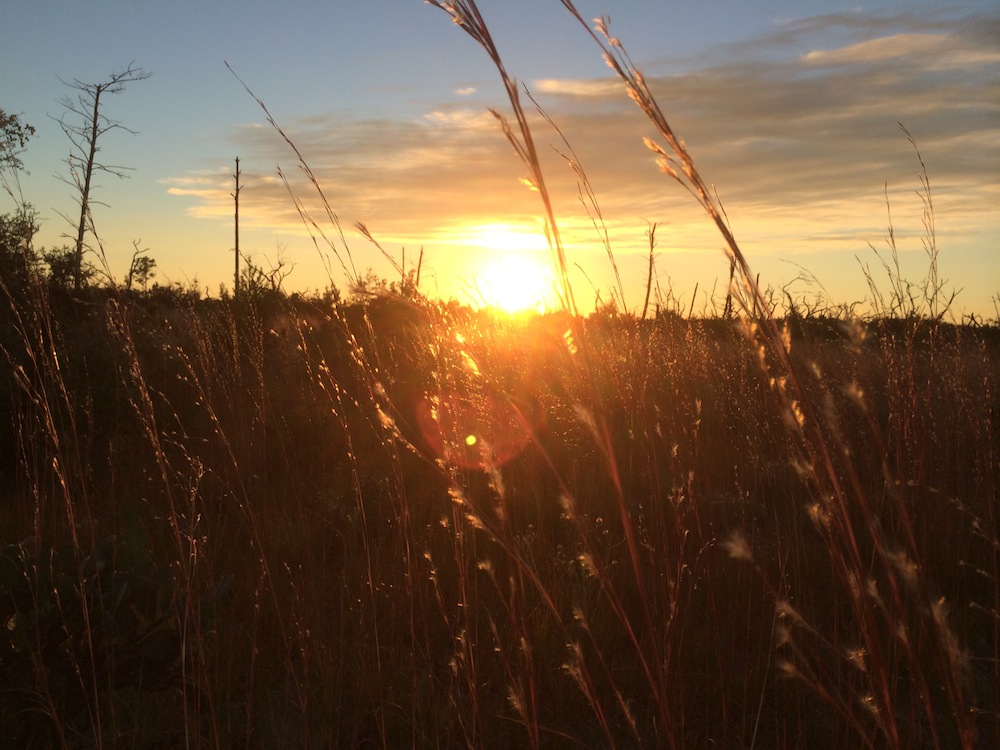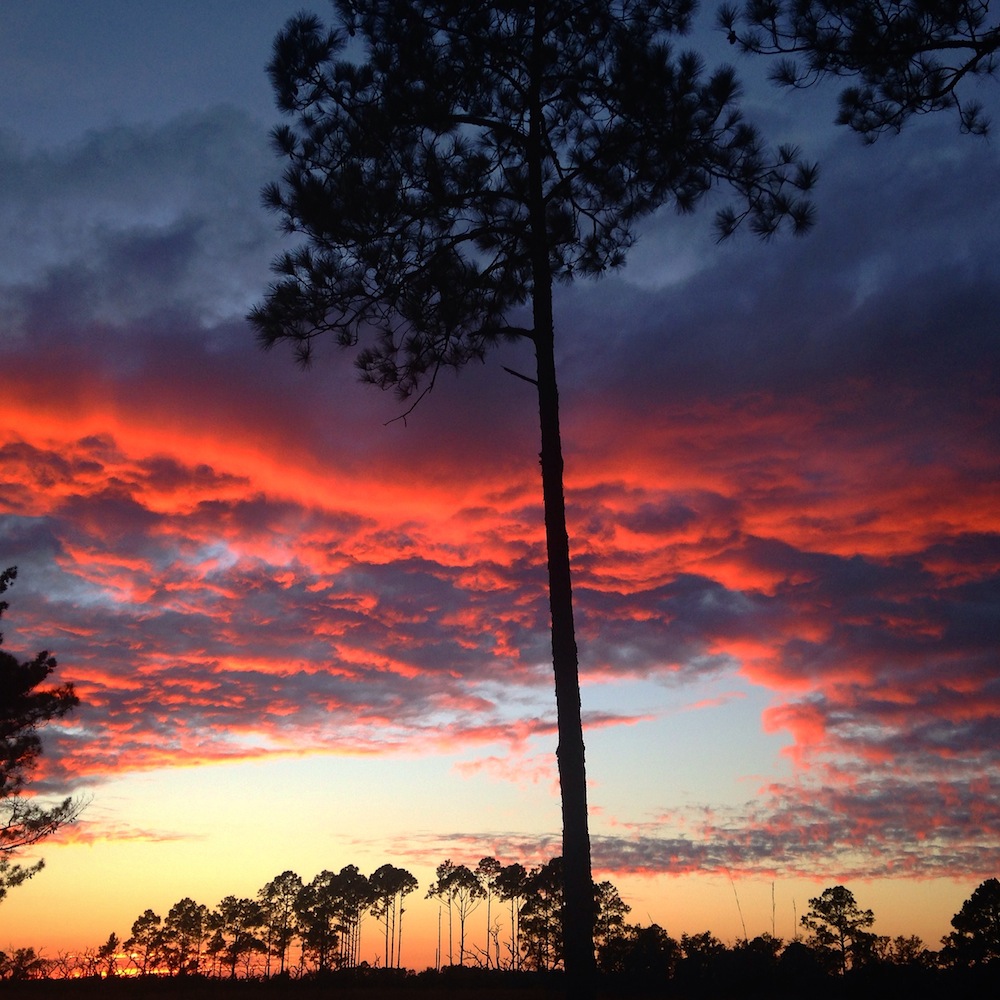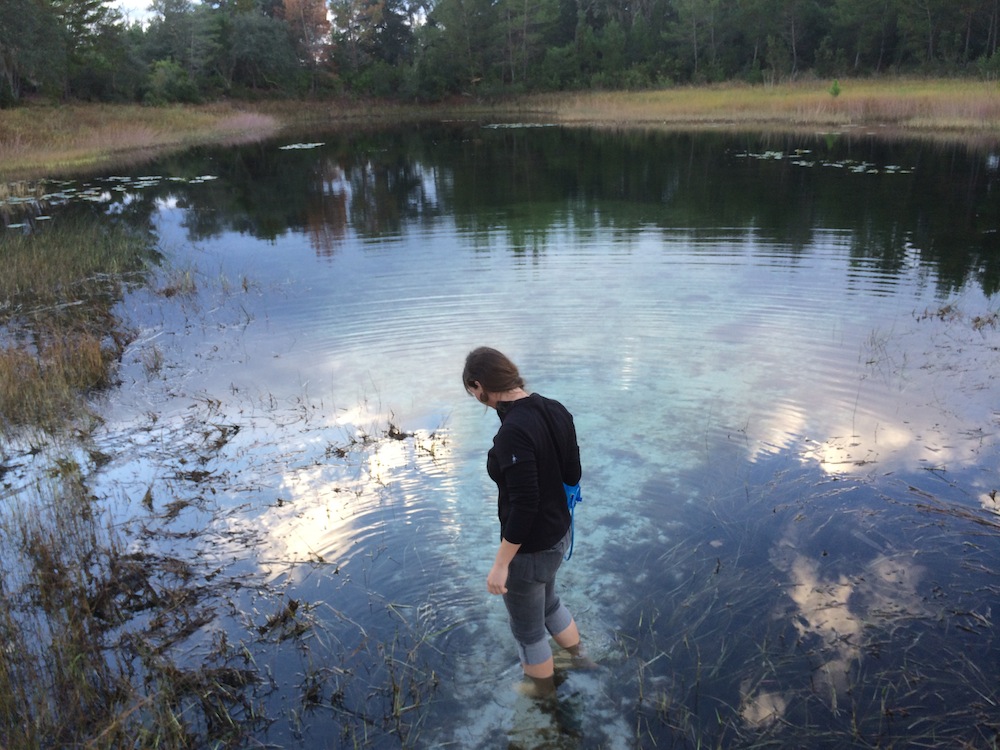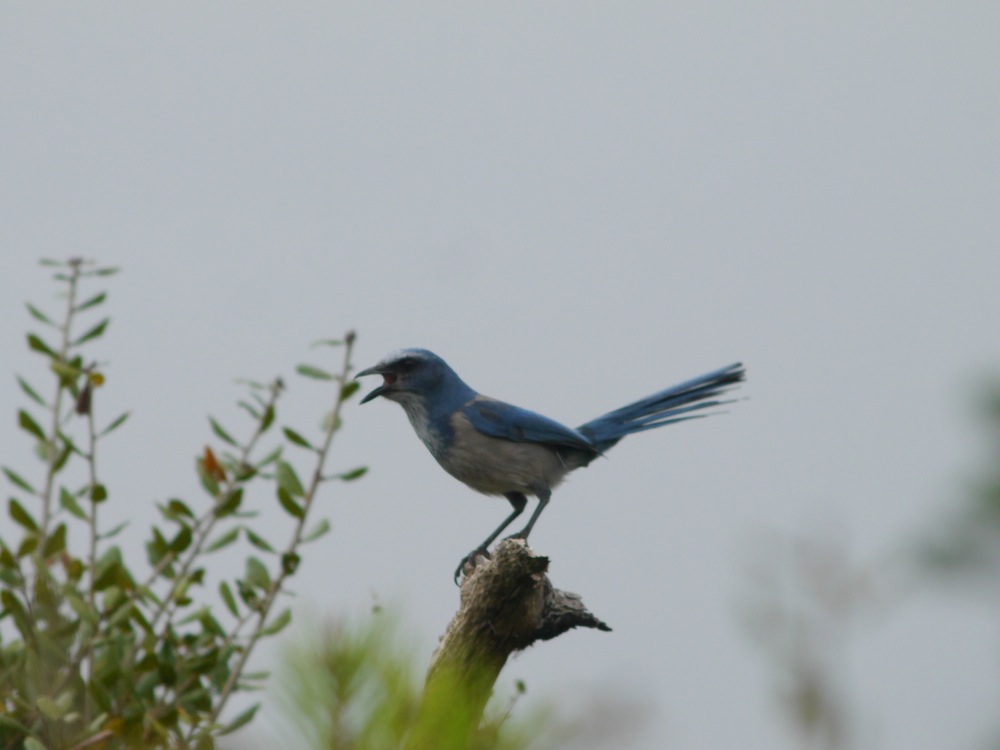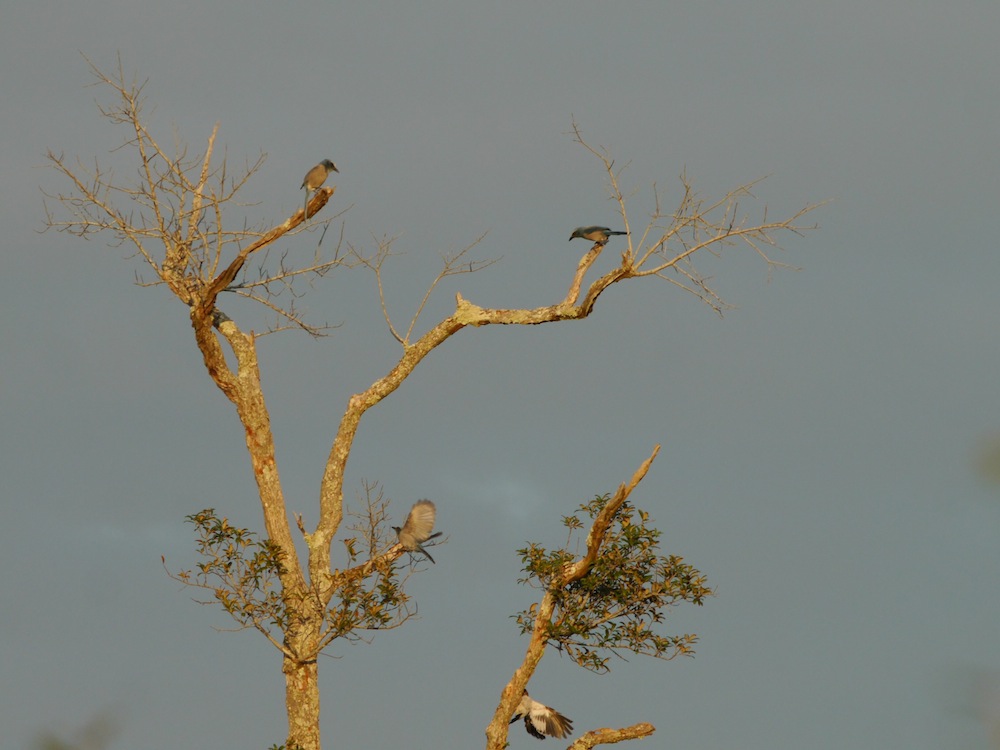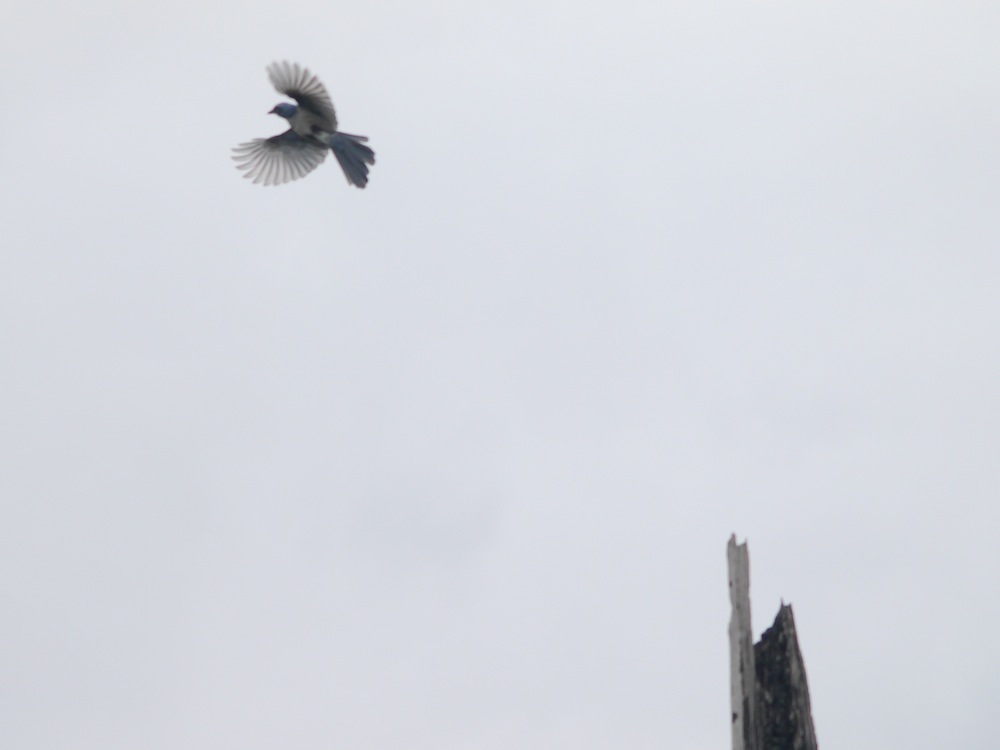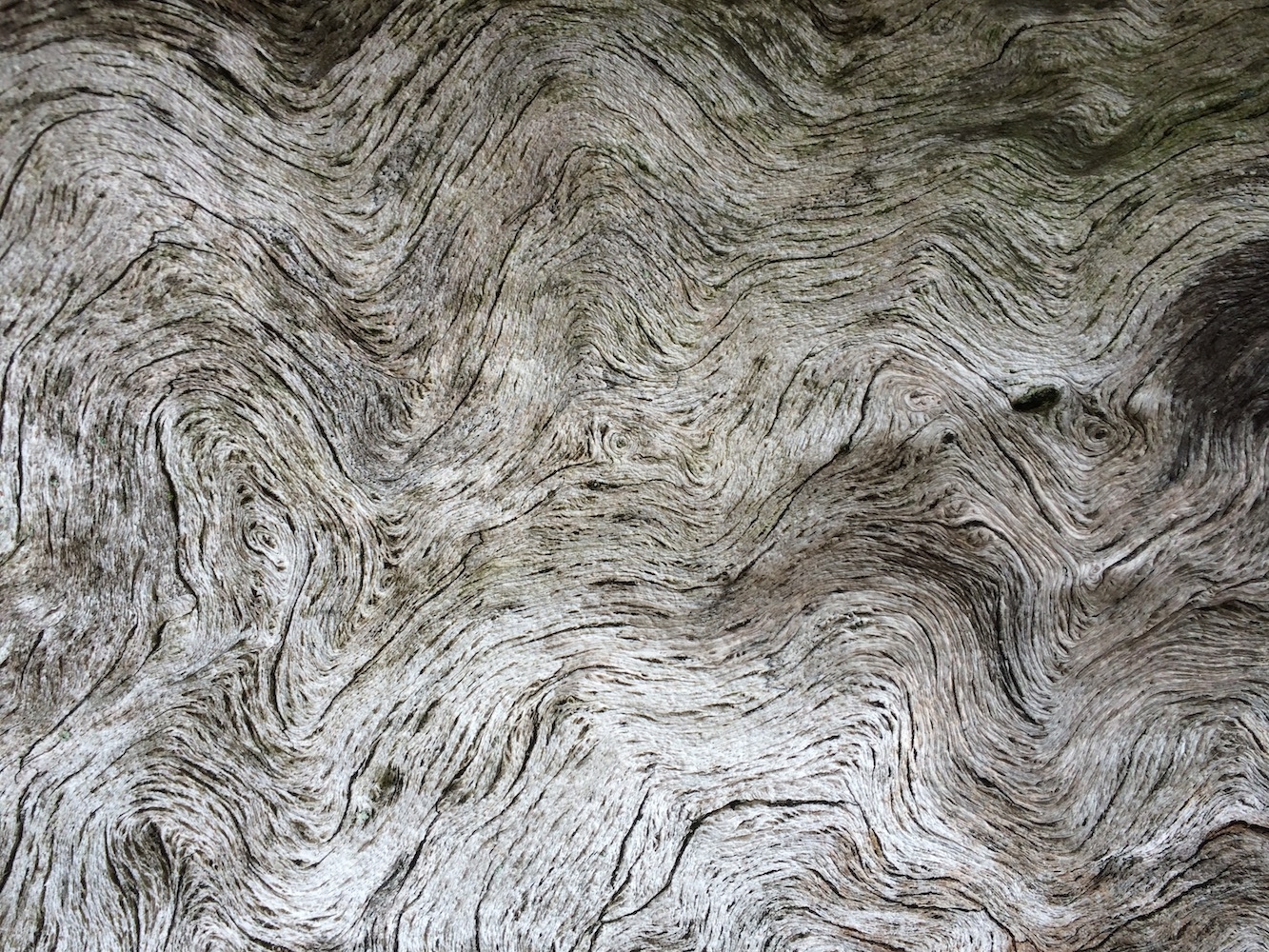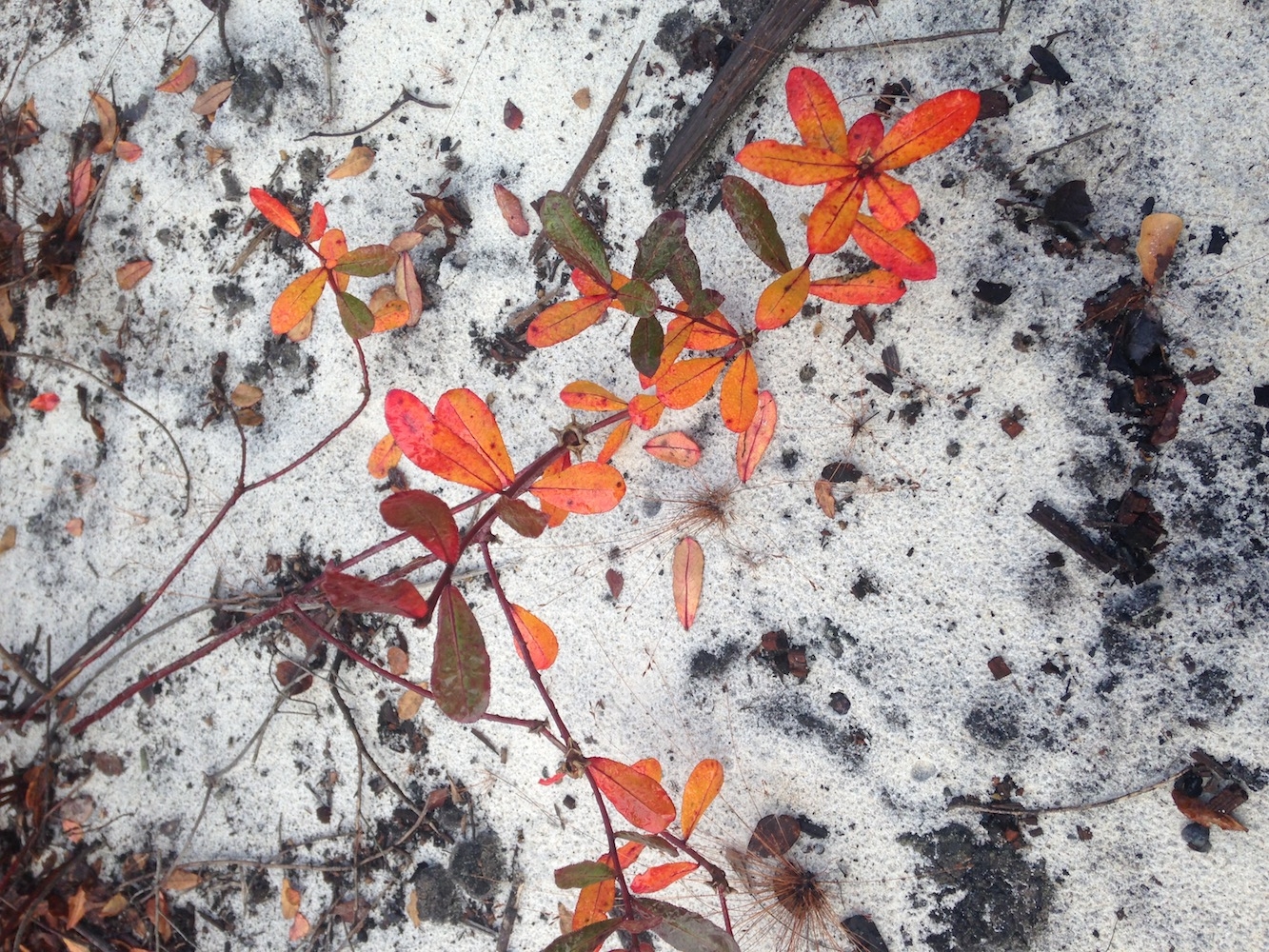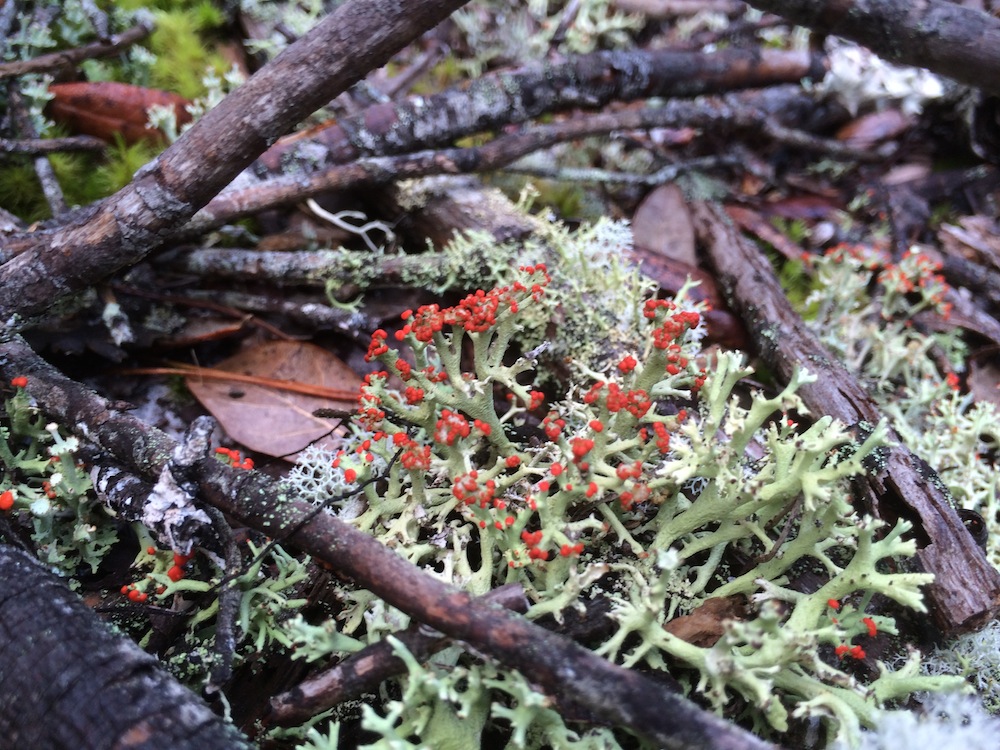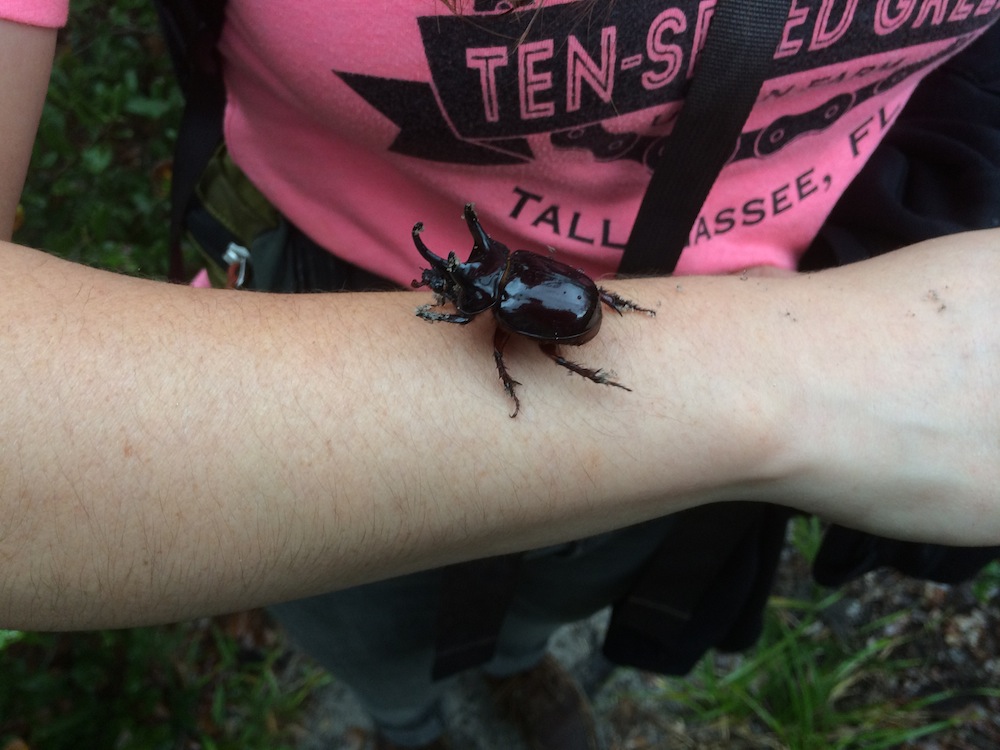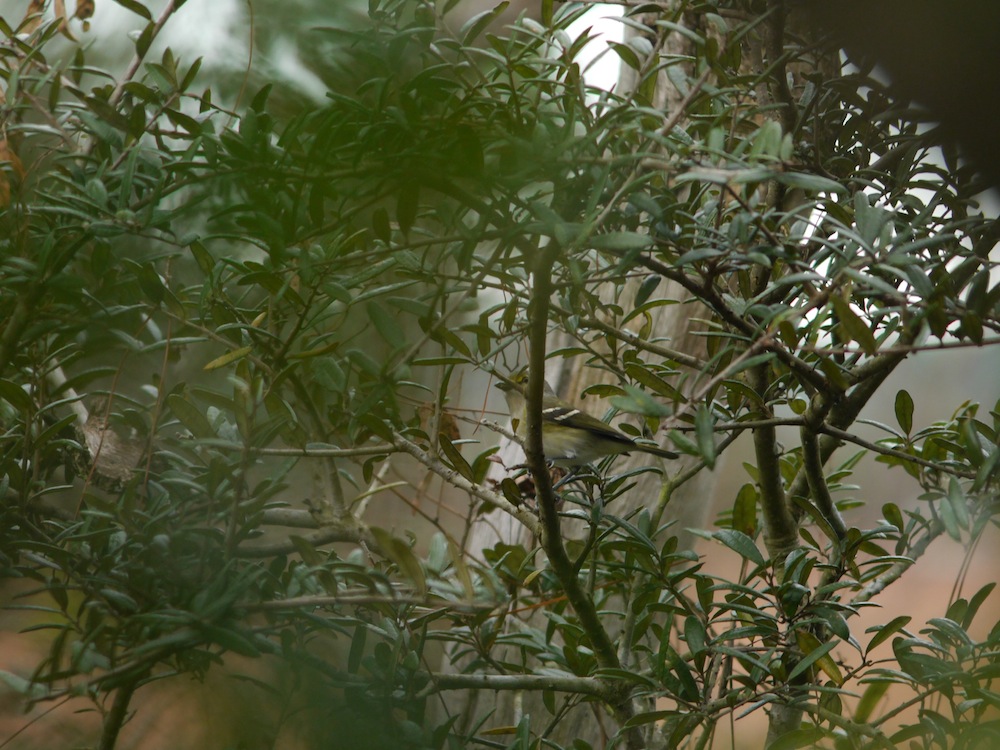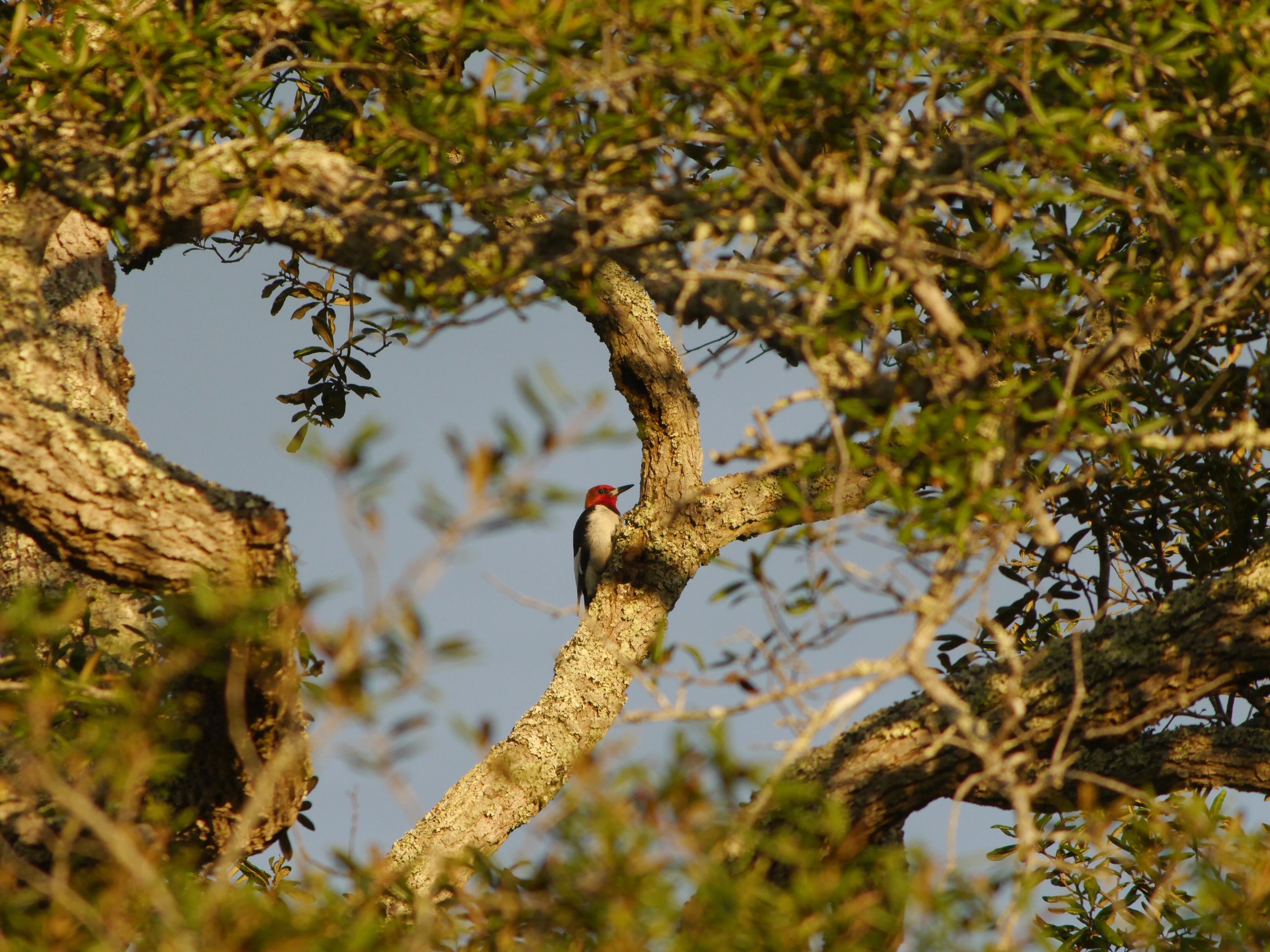We did some figuring recently and realized that the time Travis and I have spent sleeping in a bed together and spent sleeping in a tent together is probably neck and neck. Ten weeks on bike tour and more than a dozen camping trips over the past two and a half years versus two months of living in a house together…
That being said, you’d think we’d be better at camping by now. You know? How many times do we have to sleep in the woods to make sure we remember toilet paper? I blame it on camping excitement. Moving, unemployment, few friends, and house renovations are making these past few months a period of adjustment I will not look back on fondly, so when Travis said we could go on a camping trip I got really excited to do something FUN. And besides, I had something to celebrate: I got into grad school at the University of Florida!!!!
After some last minute planning (and poor packing), we decided on a backpacking trip returning to the portion of the Florida Trail in the Ocala National Forest. It’s close, it’s beautiful, it’s nice this time of year. But there was one thing we forgot: hunting season started that weekend.
Sooooooooo. Instead of exploring a different section of the forest (avoiding the dozens of hunters we saw entering the woods with rifles), we stuck to the Juniper Wilderness, where hunting is prohibited. This is basically the same section of trail we hiked the last time we visited the Ocala National Forest, we just started a few miles further north on the Yearling Trail.
The Yearling Trail cuts a path to the interior of the Ocala National Forest where people used to live. Some intrepid settlers in the 1840s decided that they were going to make their homesteads in Pat's Island, which is not an island in water, but a shady island of slightly more fertile soil in an ocean of arid, inhospitable scrub.
A few families struck out raising cattle, growing subsistence gardens, and making moonshine. In its heyday, a dozen families lived on the island, but when the National Forest was created in 1908 most of the families had sold their homesteads. By the time Marjorie Kinnan Rawlings visited in the 1930s, there was only one couple left living there, and they gave her the premise for her book The Yearling. When the book was turned into a movie, it was filmed on site on a forest homestead. Now, only some house foundations and a cemetery remain as evidence of these people's existence.
But let's take a moment to imagine what life was like on Pat's Island. No electricity. Dependent on hunting, farming, and fishing to survive. No refuge from summertime heat and biting insects. The gravestones in the cemetery are the first clue: hardly anyone lived very long, and forest fires and hunting accidents are among the causes of death. But generations of families built houses in different sections of the Island, facing hardship and creating a way of life that has disappeared. I imagined how would it be like to walk a mile along a forest path to Grandma's house, or the daily walk to the sinkhole for water to cook with. It's not a life that most of us could make by with these days.
The sun goes down early now, so ended our "epic" three hour hike and set up the tent in the remaining daylight, then kept walking down the path to Hidden Pond, a little springfed jewel with nice fresh water to refill the Camelback (we miraculously remembered chlorine packets). It was magic shadow hour at the pond, and the surrounding meadows, scrub, and longleaf pines put on quite a little show for us. Sometimes even a short hike has a worthwhile reward.
At dawn we walked the perimeter of a meadow bordering palmetto scrub to see who we could find in the early morning. The resident scrub jay families kept an eye on us as we entered their respective piece of forest, sending the sentinel to fly up to the top of the burnt remains of an oak tree and squawk to her siblings about us. Each family had a different attitude as to whether they should treat us a visitors or intruders. The friendlier families all flew to a tree to watch us cautiously as a unit, while the more threatened families squawked without stopping and chased us down the trail, the equivalent of banging pots and pans together till we crossed the invisible border of their territory.
We spotted other little forest treasures that you can only really notice on foot.
Meanwhile the sky never really got sunny. It had been cloudy since the day before, and then some tiny little sprinkles started falling. The weather forecast said 20% chance of rain, and I guess that 20% felt like it needed to fall on us. Just as we entered a section of oak forest, we heard the rush of rain sweeping through the trees, and we dashed for the “shelter” of palm fronds under an oak tree. But this was not a light shower. This was some full on rain.
We tried to compensate with our two person rain robe, but realized that this rain robe was really better suited for one person, and even then it wasn't very effective. Note to self: tent rainflies are for tents, not people.
The walk back was wet, but blessedly brief. The Juniper Wilderness just really wanted to make sure we brought a little bit of it back with us in the form of rain-soaked jeans and mud-encrusted boots. Forty-five minutes later we were back at the truck, peeling off our clothes, changing into dry long underwear, driving into Ocala for coffee and thanking Baby Jesus that we hadn't decided on a two nighter.






